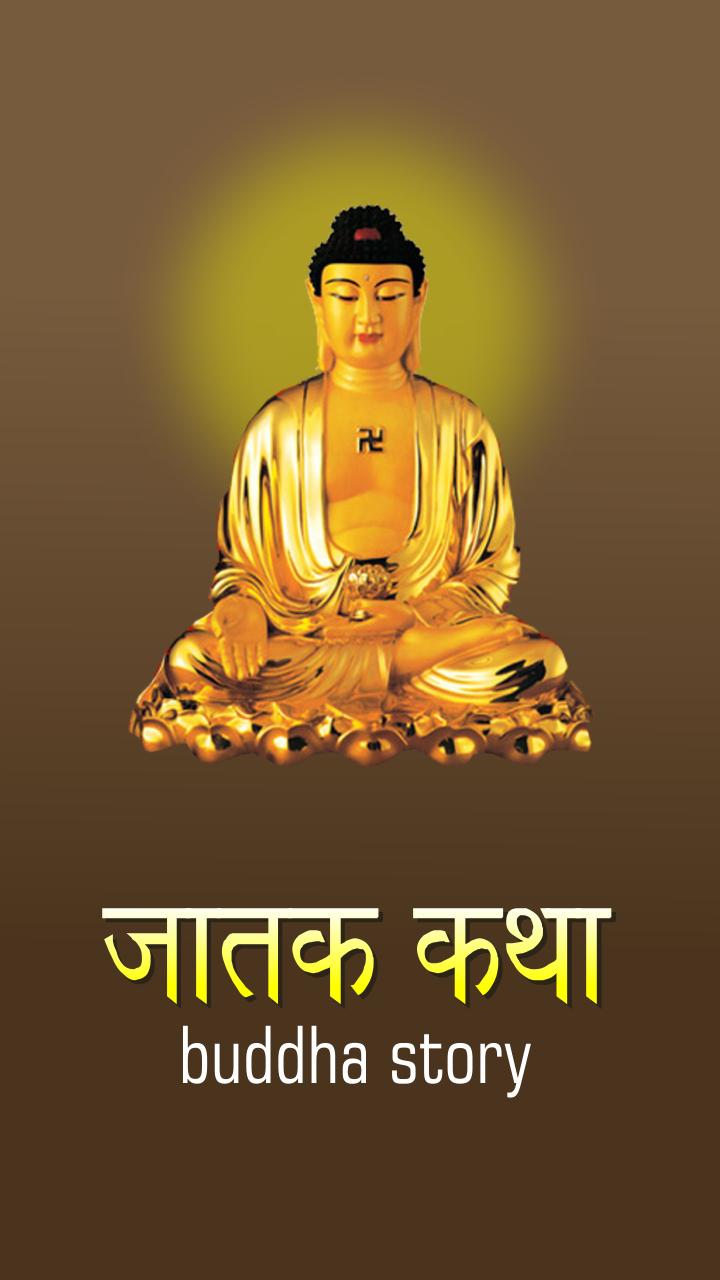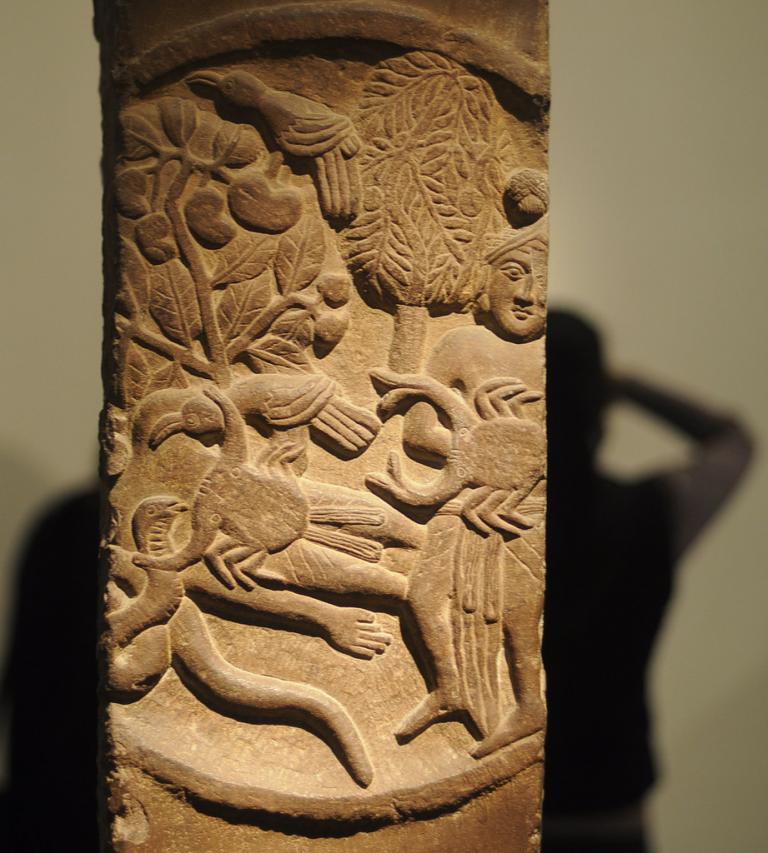Nirvana
2 min readThe original meaning of nirvana is the dying out of the blaze or the blowing away of the wind. It is referred to in the eighteenth volume of theMixed Agama Sutras that “One’s greed, anger and delusion disappear for good, which is called nirvana.”It means that the highest pursuit of Buddhism, as thedestination of one’s life, is one’s nirvana.

It is believed in original Buddhist ideas that nirvana is a kind of incredible and indescribable existing beyond time and space, experience as well as joy and painfulness, which is an ideal realm of “remaining invariable, joyful, self-identified and innocent”. This had greatly delighted and added self-confidence to those monks who believed in Hinayana Buddhism and advocated “remaining variable, painful, unidentified and guilty”for a while. Here “being variable”means perpetuity,”being joyful”refers to happiness,”being self-identified”means freedom and”being innocen”refers to being lofty and pure.A religious country like this is, of course, really attractive to people.
In Xinjiang grottoes, the pictures with the content of nirvana usually appear on back walls of the course way such as the picture of Disciple of the Mourning Bodhisattva which is painted in the 17th cave. The statue of nirvana may also be found before the backroom’s back wall on a stone table which is 2.2m wide and 10m long, such as the statue in the 47th cave of the Kizil Grottoes. The statue is missing now, but pictures of Monks Going into Mourning may still be seen in the cave.









